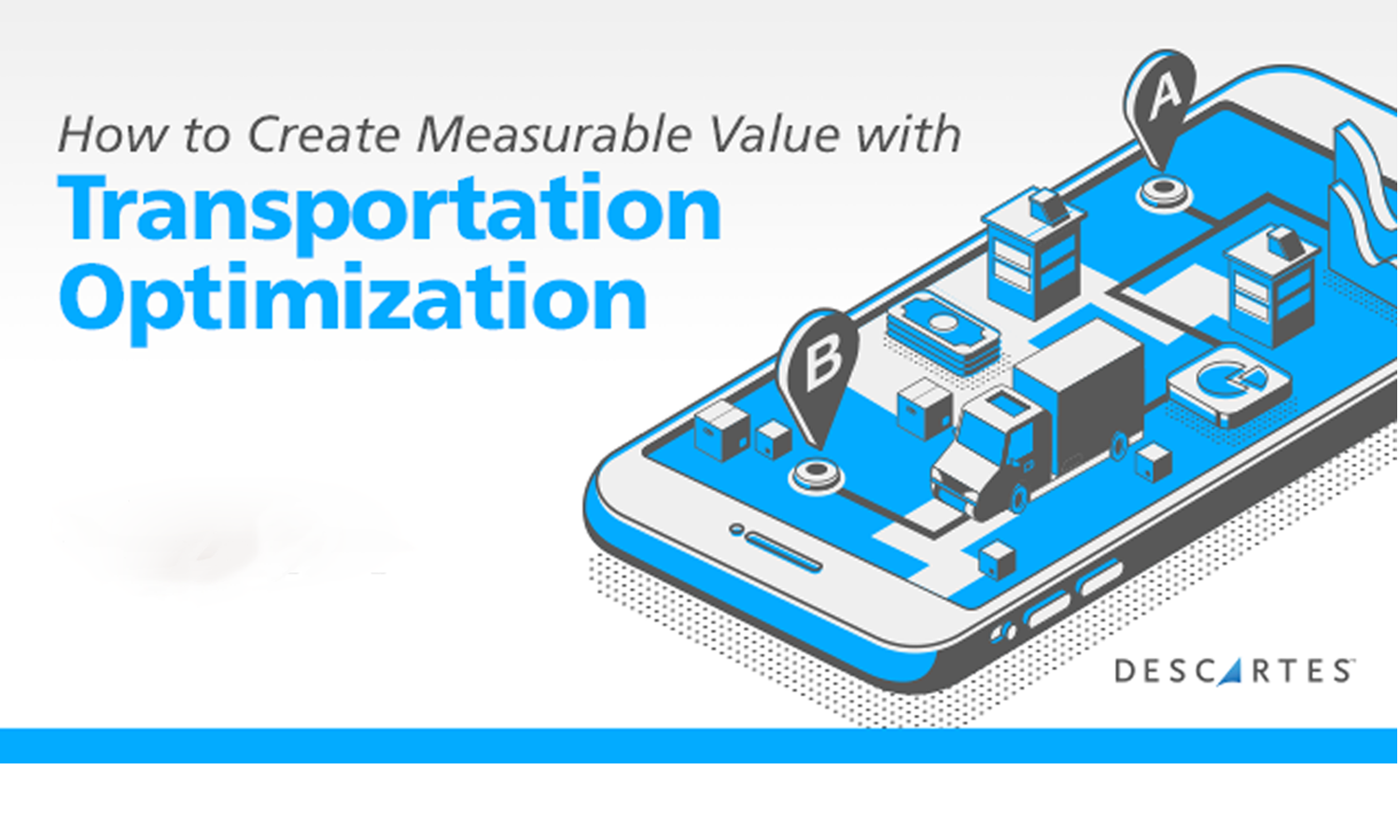
Supply chain optimization software can help identify missed opportunities
Optimization technologies are powerful tools for improving supply chain performance; however, most companies leave lots of money on the table when they deploy them. Getting the most from them requires that companies spend time thinking about how they will be applied, how they will measure the results and how to define success. The following points hold true whether optimizing across your private fleet, optimizing your freight with third-party carriers or optimizing across suppliers and partners.
Don’t just optimize what you do today. The typical question I hear when discussing optimization technology is “How much will it save me?” In all cases, the answer I give is a range of costs (i.e., 5% - 15%). The biggest reason for the range is the degree of change associated with using transportation optimization technology. The low side comes from optimizing current processes and taking into account current supply chain restrictions. The high side of the range is based upon looking at business processes and restrictions and asking what could be done differently to take the best advantage of the technology. Deploying optimization technology provides an excellent opportunity to reexamine your supply strategies, tactics, etc. If you haven’t had a refresh of your transportation management system (TMS) in the last five years, there is a good chance that what you are doing today could be improved and many of the decisions that are being made are suboptimal or simplified because, in the past, you didn’t have the tools to look either more broadly or deeply at the business.
Fix the overall definition of success with key metrics prior to deployment. When defining success doesn’t happen, deploying these tools becomes a subjective and painful journey. For example, in the world of transportation management, it is not uncommon to hear from existing planners that they don’t like the way the optimized loads “look”. What does “look” mean? If the goal was increasing on-time delivery performance and reducing transportation spend, then they may not leverage the familiar carriers the planners are comfortable with. If, however, they have taken out 8% of the cost and increased the points of delivery for the customer, then it is meeting objectives. That’s the definition of success. If you get that definition up front, you will be amazed how quickly you can get the value you are expecting from supply chain optimization software. Viewing the requirements, implementation and change management through the lens of key metrics can also minimize non–value-added work.
The more variables and fewer restrictions, the better the results. Optimization technologies work best when they have more flexibility to make as many trade-offs as possible. It’s why they can produce results that cannot be achieved by the human mind. In the world of logistics, lots of variables can be traded off. For example, in a supplier direct delivery model, delivery quantity and frequency can be traded off to reduce transportation costs. As long as the end customer doesn’t run out of your goods, you can make all the transportation decisions you want and there is no reason to fix a transportation delivery schedule. Another extremely simple example of this came from a company that wanted to save money by consolidating its inbound transportation but wasn’t hitting savings targets because they had arbitrarily restricted the number of stops in a multi-stop run and weren’t eliminating as many less than truckload (LTL) charges as they could.
Use supply chain optimization software to help determine improvement opportunities. These technologies really can be continuous improvement tools. It’s amazing how many opinions there are in an organization when it comes to where there may be savings. One of the ways to move from opinion to the fact is to use optimization technologies to show the value of making changes to the business. If your optimization technology was “base-lined” to model your operational performance, then evaluating changes to its configuration can help identify where the big opportunities exist. Don’t underestimate this approach as optimization technologies are very good at finding counterintuitive answers. With all the “urban legend” in supply chain operations, sometimes the only way to make a significant change that challenges the norm is to be able to compare the “what if” to the current performance. The great part of this approach is that you have a “sandbox” that allows you to be creative without touching the actual operations. From there, all the stakeholders can dig into the results and verify the validity of the proposed solution.
Supply chain optimization software provides tremendous opportunities to increase productivity, reduce transportation spend and improve customer service; however, their effectiveness can be severely limited by deployment and success measurement strategies. How are you getting the most out of your supply chain optimization software investments? Let me know.

